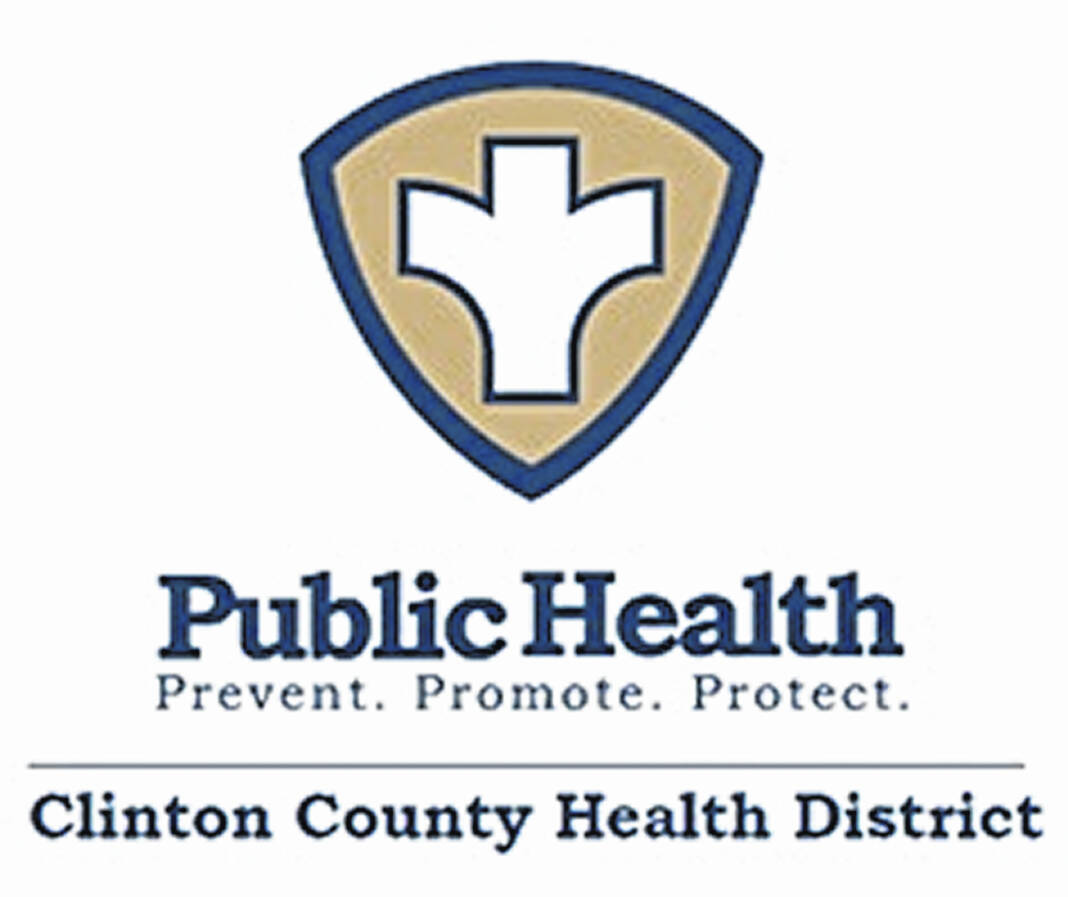
Heat kills more than 600 people in the United States each year.
Preventing heat-related illnesses, including heat stroke and heat exhaustion, is important for people of all ages, but extreme heat poses the greatest risk for people under age 4 and over 65, and anyone who has a pre-existing medical condition or who lives in a home without air conditioning.
The best ways to protect yourself from heat includes staying cool, hydrated, and informed: find air-conditioning during hot hours and wear cool clothing, drink plenty of liquids, and pay attention to heat advisories.
Workers at greater risk of heat stress include those who are 65 years of age or older, are overweight, have heart disease or high blood pressure, or take medications that may be affected by extreme heat.
Sunburn is a common summertime injury. Unprotected skin can be burned by the sun’s UV rays in as little as 15 minutes, but can take up to 12 hours for the skin to show the damage. Sunburn is an often painful sign of skin damage from spending too much time outdoors without wearing a protective sunscreen.
Years of overexposure to the sun lead to premature wrinkling, aging of the skin, age spots, and an increased risk of skin cancer.
Sunburn is not immediately noticeable. Symptoms usually start about 4 hours after sun exposure, worsen in 24–36 hours, and resolve in 3-5 days. They include red, tender and swollen skin, blistering, headache, fever, nausea, and fatigue.
In addition to the skin, eyes can become sunburned. Sunburned eyes become red, dry, painful, and feel gritty. Chronic eye exposure can cause permanent damage, including blindness.
Follow these recommendations to protect yourself from UV damage from sun exposure: Wear sunscreen with a minimum of SPF 15; SPF refers to the amount of time that persons will be protected from a burn. An SPF of 15 will allow a person to stay out in the sun 15 times longer than they normally would be able to stay without burning.
The SPF rating applies to skin reddening and protection against UVB exposure. SPF does not refer to protection against UVA. Products that block UVA rays contain Mexoryl, Parsol 1789, titanium dioxide, zinc oxide, or avobenzone.
Sunscreen performance is affected by wind, humidity, perspiration, and proper application. Throw away old sunscreens after 1-2 years because they lose their potency.
Apply (a minimum of 1 ounce) at least 20 minutes before sun exposure. Be sure to apply to the ears, scalp, lips, neck, tops of feet, and backs of hands.
Reapply sunscreens at least every 2 hours and each time a person gets out of the water or perspires heavily. Some sunscreens may also lose efficacy when applied with insect repellents, so apply more often when the two products are used together.
Follow the application directions on the sunscreen bottle.
The CDC recommends staying out of the sun between 10 a.m. and 4 p.m., when UV rays are at their highest level.
Sunscreen is recommended for anyone working and playing outside in the summer, even on cloudy days. When possible, cover up with long sleeved shirts, long pants to provide protection from UV rays. Wear a hat that shades the face, scalp, ears, and neck.
Also, remember those sunglasses too!
Using these simple step can protect your skin from sun damage.
— Source: www.CDC.gov, NIOSH
Michaella Quallen is with the Clinton County Health District.


